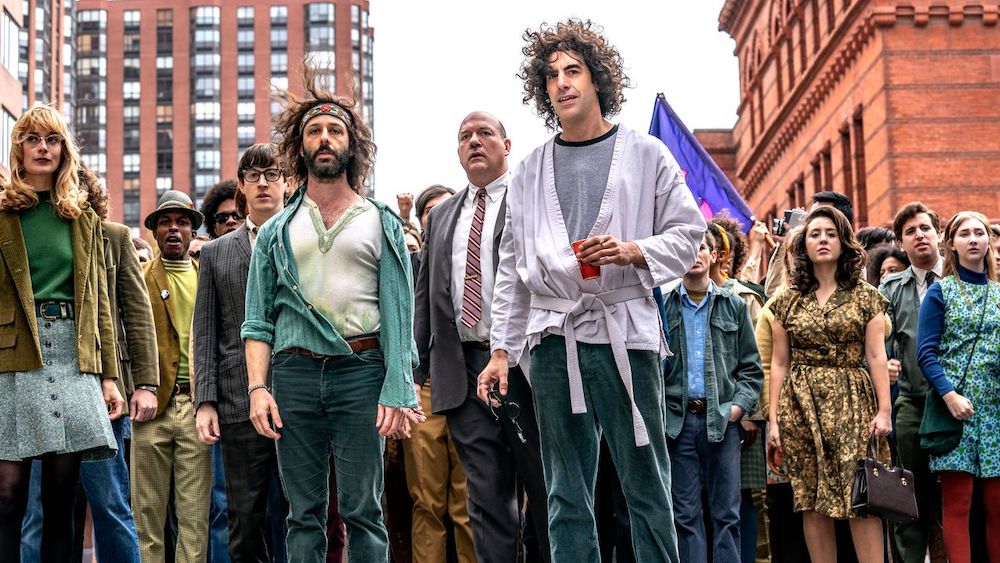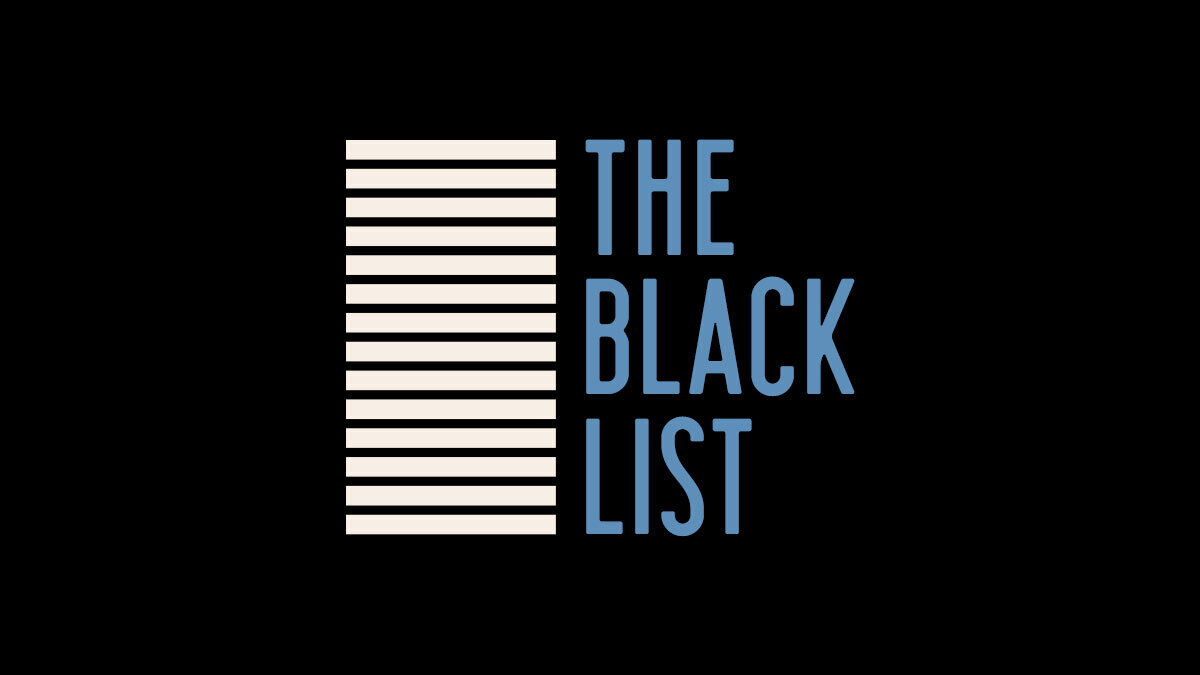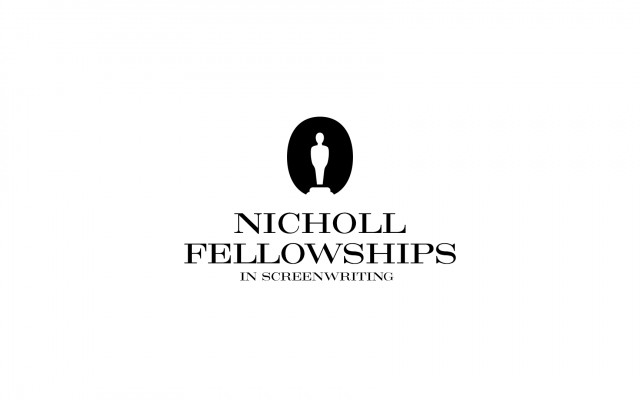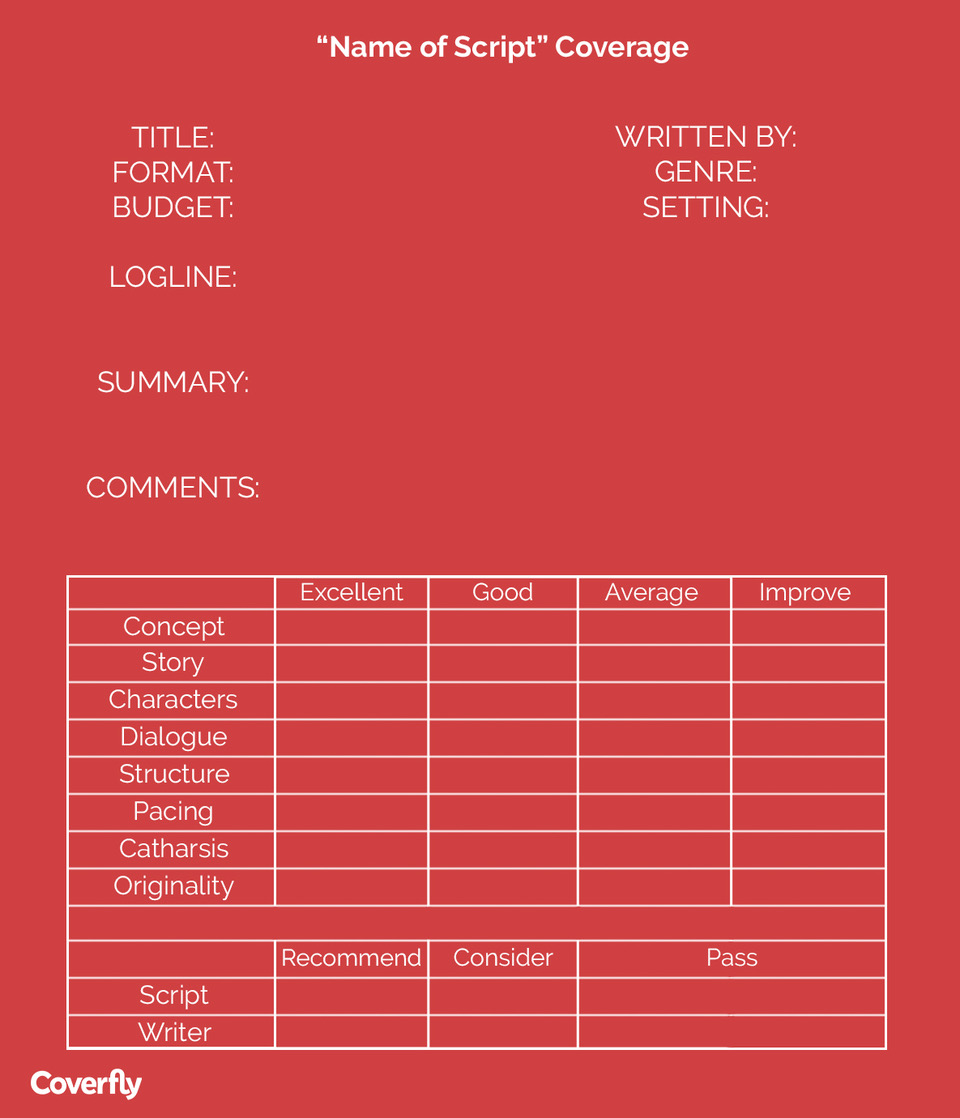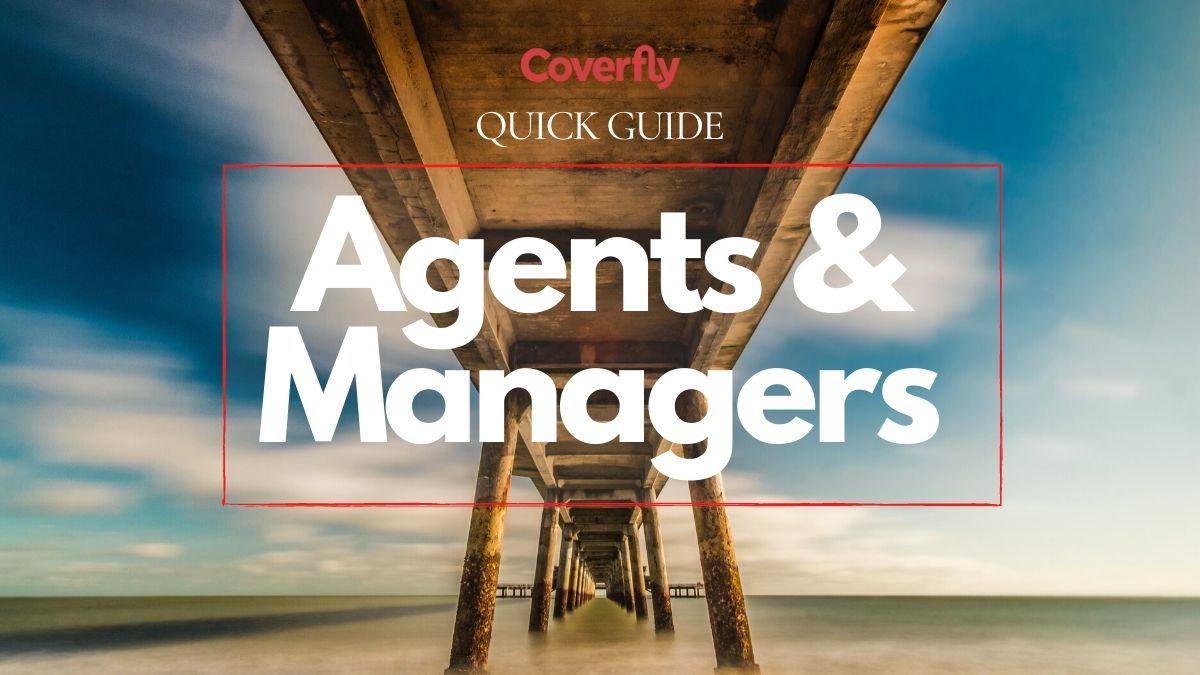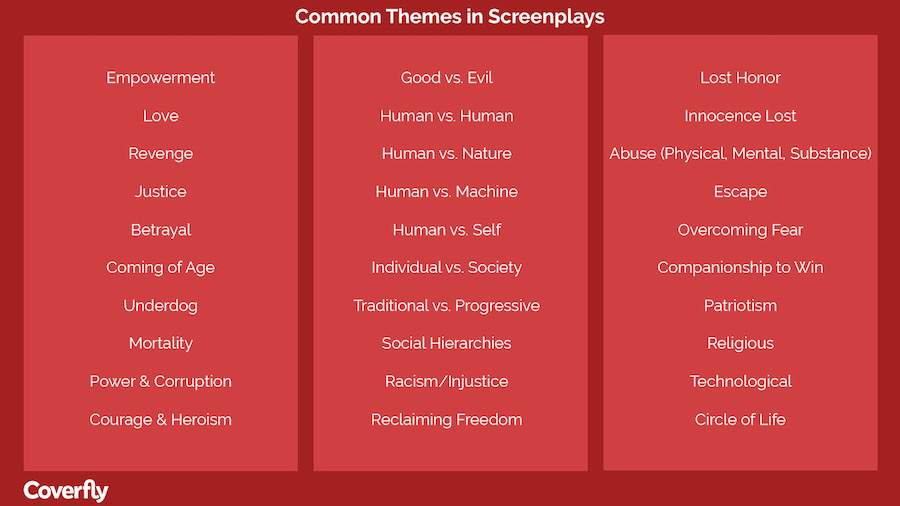
The Writers Guild of America (WGA) has a rather … storied history.
Rimshot!
(I apologize. To quote a legendary American hero, “I yam what I yam.”)
Serious face: ON.
The labor union that represents screenwriters in the United States, the WGA has existed in name since 1954 — but its origins stretch back further than that, to over a century ago. Screenwriters banding together has been a thing for almost as long as movies have.
Unions, in general, have a somewhat fraught, rollercoaster ride of a past in the US, so it’s helpful to ask:
What exactly is the WGA? Where did it come from?

The Pre-WGA Era or “The Salad Years”
In the early days of cinema, (the great-great-grandpappy times of the 1910s and '20s), “photo-play” writers were more like scenarists typing out lists of shots that could be quickly turned into a filming schedule. Often, the stories told in these pre-sound era movies were assigned to them by a studio, star or director, and there was no question of ownership or copyright for a work that was rarely original and barely even a script.
That started changing with the addition of title cards and dialogue, along with longer running times and more developed storylines. But Hollywood writers still didn’t have the artistic credibility or cachet of a playwright or novelist, so they started forming societies and leagues — basically, clubs — both for social purposes and professional development but also for reasons that would be familiar to any modern-day support group: the reinforcement of, “Nope, you’re not crazy, we see it, too.”
A precursor to the WGA was the Screen Writers' Guild (SWG), formed in 1920 to protect the interests of screenwriters by standardizing contracts, establishing minimums, promoting the profession and regulating a system of credits, among other goals. The SWG thrived for a while (they even had their own magazine, The Photodramatist, a word I sort of wish would make a comeback) but by the end of the '20s the group had become less active and relevant.
Read More: Screenwriting Career Advice: WGA Committee of Women Writers

The Studios Push Back
To my knowledge (and if I need to be corrected, please send them my LinkedIn profile), no business entity has ever really been a huge fan of its employees organizing to charge it more money. The big Hollywood studios were no exception.
Recognizing that the labor movement was quickly gaining popularity and power during the Great Depression, Louis B. Mayer (the second "M" in MGM) launched the Academy of Motion Picture Arts and Sciences in 1927 as an organization intended to negotiate between the artists and studios. Six of its original members were screenwriters, and everyone who joined seemed generally well-intended.
Some suspect, however, that Mayer's idea was more of an effort to grab control of the unionization wave and head it off at the pass. If so, it didn't stick. AMPAS still exists today — it's the same Academy that awards the Oscars — but it's a historic preservation and arts advocacy organization, and no longer plays its original intermediary role.
That has since been handed off to a group called the AMPTP (Alliance of Motion Picture and Television Producers), which is, essentially, the official representative body of the studios and networks, and the organization against which other unions and guilds go on strike.

A Union is Born
Screenwriters got their second wind during the rise of the labor movement and in 1933 reorganized and revitalized the SWG, leading to a series of negotiations, disputes and legal wrangling with the studios that went on for the rest of the decade. The studios didn't recognize the union until 1939; the first Minimum Basic Agreement (it's still called this), outlining minimum basic pay for various screenwriting jobs, was signed in 1942.
In 1954, the SWG folded into the Writers Guild of America (which has two branches due to their slightly different origins: the WGA East and WGA West).

The Strikes
The WGA has gone on strike several times during its long history since then, and it's helpful to the process of understanding screenwriters and their union to examine what demands its members were making in those negotiations (it's also a fascinating record of cinema and television history). Many thanks to the guild's source for this information, A History of WGA Contract Negotiations and Gains.
(One quick note: "residuals" are payments generated to the writer when their work is reused in a different medium than its original format — reruns, syndicated sales, licensed to streaming services, movie re-releases, etc.)
- 1960: A 22-week strike that established a theatrical and television residuals system, a pension plan and industry health insurance.
- 1973: A four-month strike that resulted in a cut of gross receipts from videocassette sales and pay TV fees, among other gains.
- 1981: A 13-week strike that gained better residuals for writers in television, both from made-for-TV movies and shows syndicated to basic cable.
- 1985: A short, 2-week strike that resulted in an improved formula for residuals from home video sales.
- 1988: Another 22-week strike, slightly longer than the one in 1960, and the longest in the WGA's history to date. Increased residuals for various types of basic cable programs and improved rights for creators of original scripts for theatrical and TV movies. Also established more oversight of the process of calculating residuals.
- 2007-08: A 100-day strike that brought the WGA further into the digital age, establishing minimums for new media content, digital downloads and programming for ad-supported Internet outlets.

Today
The WGA still exists and maintains its original purpose of representing screenwriters in film and television. As of this writing, a strike is currently in progress, as the guild tries to address significant issues impacting its members such as streaming residuals, mini-rooms and the role of AI.
The guild has also expanded over the years to provide more than just collective bargaining power. It offers a range of services from script registration to credits arbitration, maintains a library of classic scripts, hosts screenings and panels related to screenwriting, produces a writing-specific awards ceremony every year, and runs a foundation that offers veteran services and mentorships to emerging writers, among other programs.
The union's members have rewarded the WGA's devotion to their craft with a unanimity that is rare among any organization, especially one with approximately 20,000 members. The current action's authorization vote received an astounding 97.9% support.
Though rarely as glamorous as what's depicted on screen, Hollywood history is endlessly fascinating (I didn't even touch on the McCarthy Era and the Blacklist here, which hugely impacted screenwriters, because that's a WHOLE other article — but for more about the WGA's origins, Hilary Swet's The Screen Writers' Guild: An Early History of the Writers Guild of America was an excellent source of information for this article.)
As current events prove, that history is still being made every day, and the members of the WGA continue to drive that narrative.
Read More: New to Coverfly: WGA Verification
Karl Williams is a screenwriting instructor at Scottsdale Community College in Arizona. He has won the Comedy and Sci-Fi Awards at the Austin Film Festival and the Jack Nicholson Prize for Excellence in Screenwriting at UCLA, where he earned his MFA. In addition to teaching, Karl blogs about screenwriting for Final Draft and co-hosts the screenwriting advice podcast Get Your Story Straight.

